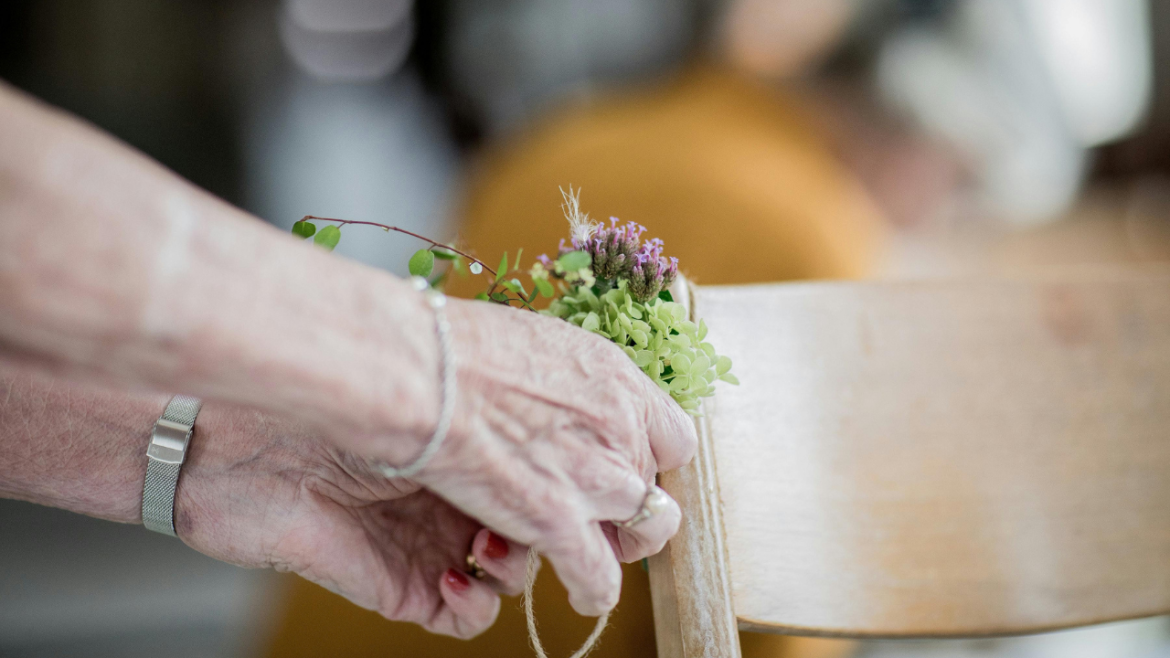Managing Arthritis For Seniors
Arthritis is more than just an ache in the joints; for many seniors, it is a daily reminder of how the body changes with age. The stiffness, swelling, and persistent pain can make even simple tasks feel overwhelming.
Yet, while arthritis may alter movement, it does not have to take away independence or joy. Managing arthritis for seniors involves not only medical care but also emotional understanding, lifestyle adjustments, and compassion. When handled with patience and dedication, life with arthritis can still be full of comfort, purpose, and vitality.
Understanding The Impact Of Arthritis
Arthritis affects millions of seniors worldwide and remains one of the most common causes of chronic pain in older adults. It comes in many forms, but the two most prevalent are osteoarthritis and rheumatoid arthritis. Osteoarthritis is caused by the gradual wearing down of cartilage, while rheumatoid arthritis is an autoimmune condition where the body mistakenly attacks its own joints. Both conditions create pain, swelling, and a loss of flexibility that can affect daily living.
However, arthritis is not just a physical condition. It also takes an emotional toll. The frustration of limited movement can lead to feelings of helplessness or isolation. Seniors who once enjoyed gardening, walking, or playing with grandchildren may find those activities harder to do. Understanding these emotional changes is just as important as addressing the physical symptoms. When caregivers and loved ones approach arthritis management with empathy, it helps seniors feel supported rather than defined by their condition.
Gentle Movement And Flexibility
Though arthritis causes pain, movement remains one of the most powerful tools for relief. Gentle, consistent exercise helps strengthen muscles around the joints, which improves stability and reduces discomfort. While it may seem counterintuitive, motion truly is medicine. Activities such as walking, stretching, or aquatic exercise provide low-impact ways to maintain flexibility and increase circulation.
When seniors engage in regular movement, stiffness begins to ease, and confidence slowly returns. The goal is not to push the body beyond its limits but to nurture it through mindful motion. Even small improvements in flexibility can restore the ability to perform daily tasks with less pain. Every step, every stretch, and every moment of motion contributes to maintaining freedom and independence.
Nutrition That Nurtures Joints
Food plays a powerful role in managing arthritis. A balanced diet rich in vitamins, minerals, and antioxidants can reduce inflammation and support joint health. Omega-3 fatty acids from fish, nuts, and seeds have been shown to decrease joint stiffness, while colorful fruits and vegetables supply antioxidants that protect the body’s tissues.
Equally important is staying hydrated and maintaining a healthy weight, since excess pressure on joints can worsen pain. For seniors, eating well also means eating joyfully — sharing meals with loved ones, exploring new recipes, and savoring nourishing foods that promote healing. Good nutrition is not just about fueling the body; it is also about feeding the spirit with comfort and care.
Managing Pain With Awareness
Pain management is central to living well with arthritis, but it extends beyond medications. Many seniors find relief through heat therapy, warm baths, or gentle massage, which increase circulation and ease stiffness. Cold compresses can reduce swelling after activity, offering a balance between comfort and recovery.
However, one of the most overlooked aspects of pain management is mindfulness. Deep breathing, relaxation exercises, and meditation can calm the nervous system, helping seniors better manage discomfort. Pain often feels worse when stress is high, but calming the mind reduces tension and improves resilience. By combining physical and emotional approaches, seniors can find more consistent relief and a greater sense of control.
The Emotional Strength Behind Physical Healing
Living with arthritis requires courage. Every morning a senior rises, stretches, and faces another day with discomfort is an act of quiet strength. Caregivers and family members who recognize this strength can make a profound difference by offering encouragement and understanding. Emotional support is just as therapeutic as medicine because it fuels hope.
Isolation can intensify pain, while companionship can ease it. Seniors who stay socially connected tend to experience less stress and more joy, both of which can reduce inflammation and boost overall wellness. A phone call, a visit, or simply sharing a laugh can turn a painful day into one that feels a little brighter. Healing is not only found in treatment; it is also found in connection.
Living Fully With Arthritis
Managing arthritis for seniors means embracing both the challenges and the possibilities of each day. It means listening to the body while still finding ways to move, create, and connect. With proper care, nutrition, and support, seniors can continue to lead lives filled with purpose and comfort.
Though arthritis may change the pace of life, it cannot take away the beauty of living. Each moment of movement, each shared meal, and each act of self-care becomes a reminder that resilience lives in the heart. Through patience, understanding, and love, managing arthritis becomes not just a medical goal but a journey toward strength, dignity, and renewal.

